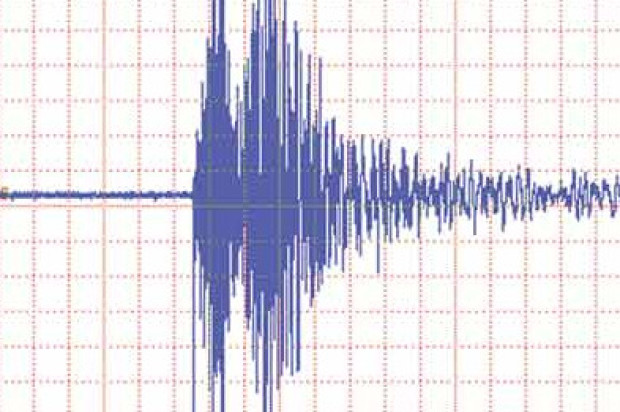
Twenty-five years ago today San Francisco had a similar atmosphere in the air as the San Francisco Giants prepared to play in the World Series, but at 5:04 p.m. on Oct. 17, 1989, the 6.9-magnitude Loma Prieta earthquake struck and forever changed the history and landscape of the San Francisco Bay Area.
While the epicenter was located in the Santa Cruz Mountains 60 miles south of San Francisco, many San Franciscans remember the day well.
Among those who can recall the earthquake as if it had happened just yesterday is David Hollands, who then worked as a line cook at the San Francisco Marriott Marquis and now works as the hotel’s executive chef.
For Hollands, the day hadn’t started as just another day. He was in the hotel kitchen preparing a banquet dinner for the hotel’s grand opening night at Mission and Fourth streets in the city’s South of Market neighborhood.
He said the hotel and kitchen staff had been training for the opening day for two weeks prior and everything was running as scheduled until the earthquake hit shortly after 5 p.m.
Hollands said people had already started to trickle into the dining room and he was in the kitchen preparing the service when he felt the shaking.
The floor rippled, Holland said, moving his hand through the air like a wave rising and falling.
He said the noise was so loud that it seemed as if the whole building was collapsing above him, but in fact the building sustained almost no damage.
After turning off the stoves, the kitchen staff ducked for cover and then began to evacuate.
As Hollands and others left the building, they walked out into an alley behind the kitchen and a massive piece of a neighboring building fell to the ground in front of them.
“It hit the ground. Boom! Right in front of us and blew up,” Hollands said.
While neither he nor anyone else in the Marriott was injured, the hotel became a meeting place for people who had been stranded in the city by the quake and needed to call loved ones.
Guests stayed the night in the underground banquet halls and the cooks continued to prepare meals.
According to the U.S. Geological Survey, the earthquake resulted in 63 deaths, 3,757 injuries and an estimated $6 billion in property damage to the Bay Area.
Geologists say it was the largest earthquake to have occurred on the San Andreas Fault since the 7.8-magnitude San Francisco earthquake in 1906.
The Loma Prieta earthquake collapsed houses in San Francisco’s Marina District as well as a portion of the San Francisco Bay Bridge.
Overhead roadways that partially collapsed include the Nimitz Freeway in Oakland and the Embarcadero Freeway and Interstate Highway 280 in San Francisco, according to the U.S. Geological Survey.
Los Gatos, Santa Cruz, and Watsonville were at the epicenter of the quake and sustained heavy damage.
Following the 1989 earthquake, iconic structures such as the Golden Gate Bridge, the Ferry Building, San Francisco City Hall, and the eastern span of the Bay Bridge have either been replaced or retrofitted with earthquake-resistant supports so that they can remain intact should another large earthquake occur.
According to the mayor’s office, since the earthquake occurred San Francisco has invested more than $9 billion in seismic related improvements.
San Francisco Mayor Edwin Lee recounted his feelings today on how he felt following the earthquake and after watching the city work together following the disaster.
He said “as a result we became a stronger, more resilient and more connected city.”
Bay Area native Jeff Pehrson, a musician who plays in numerous bands, including Further which features Phil Lesh and Bob Weir of the Greatful Dead, also remembers the day well.
He said he was, ironically, in a geology class studying earthquakes at San Francisco State University when the quake struck 25 years ago.
“Seeing an entire college campus evacuated was a sight unto itself,” Pehrson said in a statement posted on Facebook today.
He said that following the earthquake phone lines were down, and prior to the widespread use of cellphones, he was unable to get a hold of his mother.
Two days after the quake, Pehrson was finally able to reach his mother and confirm that she was safe.
He said he was worried that his mother had been traveling across the Nimitz Freeway which had collapsed, because it was a route she took a couple times each week.
Following the earthquake, he recalls directing traffic at intersections where there were no functional traffic signals and watching members of the community step forward to help each other out in ways both big and small.
“It was a beautiful thing to realize my fellow man could generally be counted upon in such a crisis,” Pehrson said.
He said it gives him hope that if another major earthquake were to strike, the city would come together yet again.
Hannah Albarazi, Bay City News









